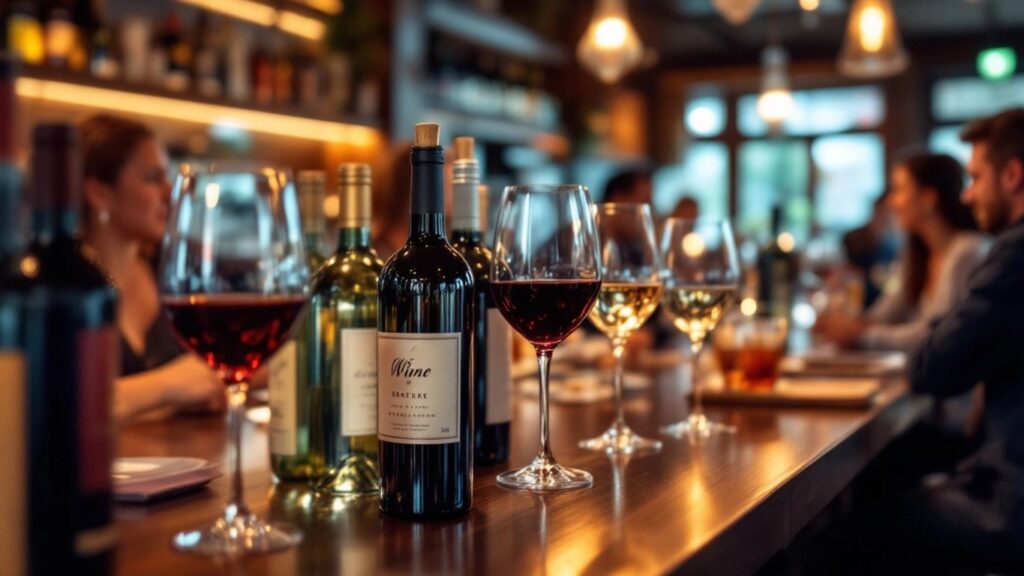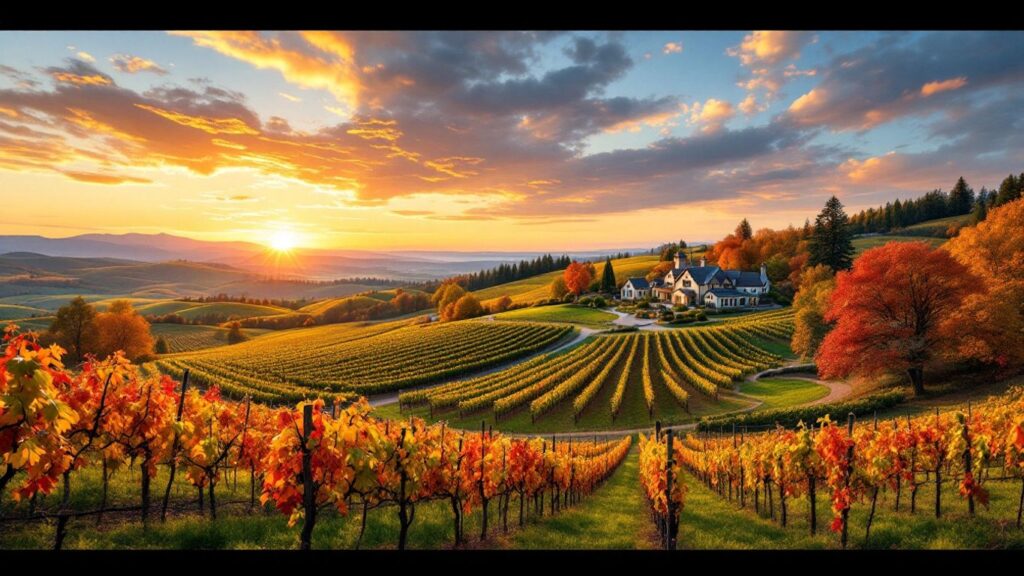Wine tours in Utah offer a unique experience for wine lovers. Utah has a growing wine scene, despite being a state known for strict alcohol laws. You can explore local vineyards and taste wines made from grapes grown in the state’s diverse climate.
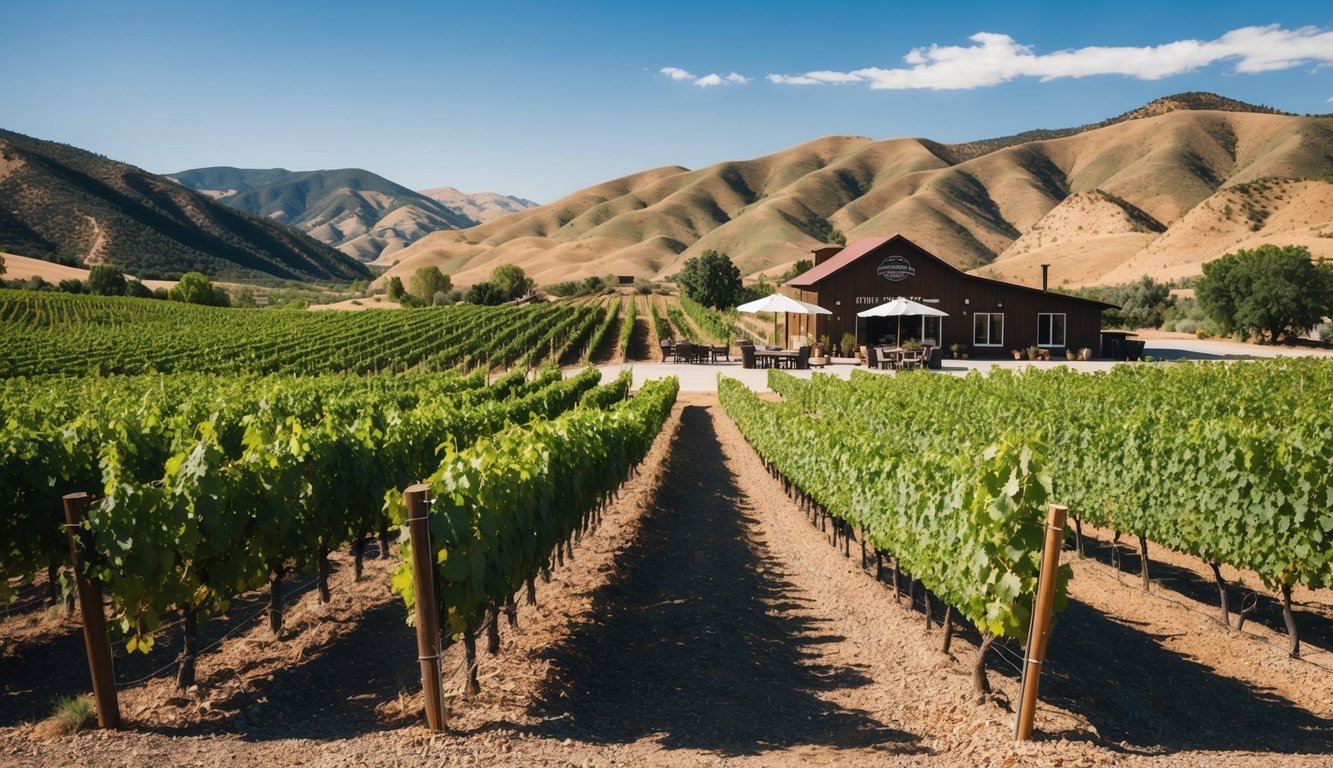
Utah’s wine tours let you discover hidden gems in unexpected places. From the red rock landscapes of southern Utah to the mountain valleys near Salt Lake City, wineries are popping up across the state. These tours give you a chance to learn about Utah’s wine-making history and sample locally crafted wines in stunning settings.
1) Castle Creek Winery Tour
Castle Creek Winery offers a unique wine experience in Moab, Utah. You can visit this winery any day from 11:00 AM to 6:00 PM.
The winery is known for its award-winning wines, including Pinot Noir, Merlot, and Cabernet Sauvignon. You’ll also find Chenin Blanc and Chardonnay on their menu.
During your tour, you’ll learn about the local grape-growing process. The Moab area has an ideal climate for vineyards, with hot days and cool nights.
You can taste a variety of wines produced on-site. Castle Creek Winery makes over 8,000 cases of wine each year.
The winery’s location adds to its charm. You’ll find it at Milepost 14 on Highway 128 in Moab.
After your tasting, you can buy bottles of your favorite wines to take home. It’s a great way to remember your Utah wine tour experience.
2) Moab Castle Valley Wine Tasting
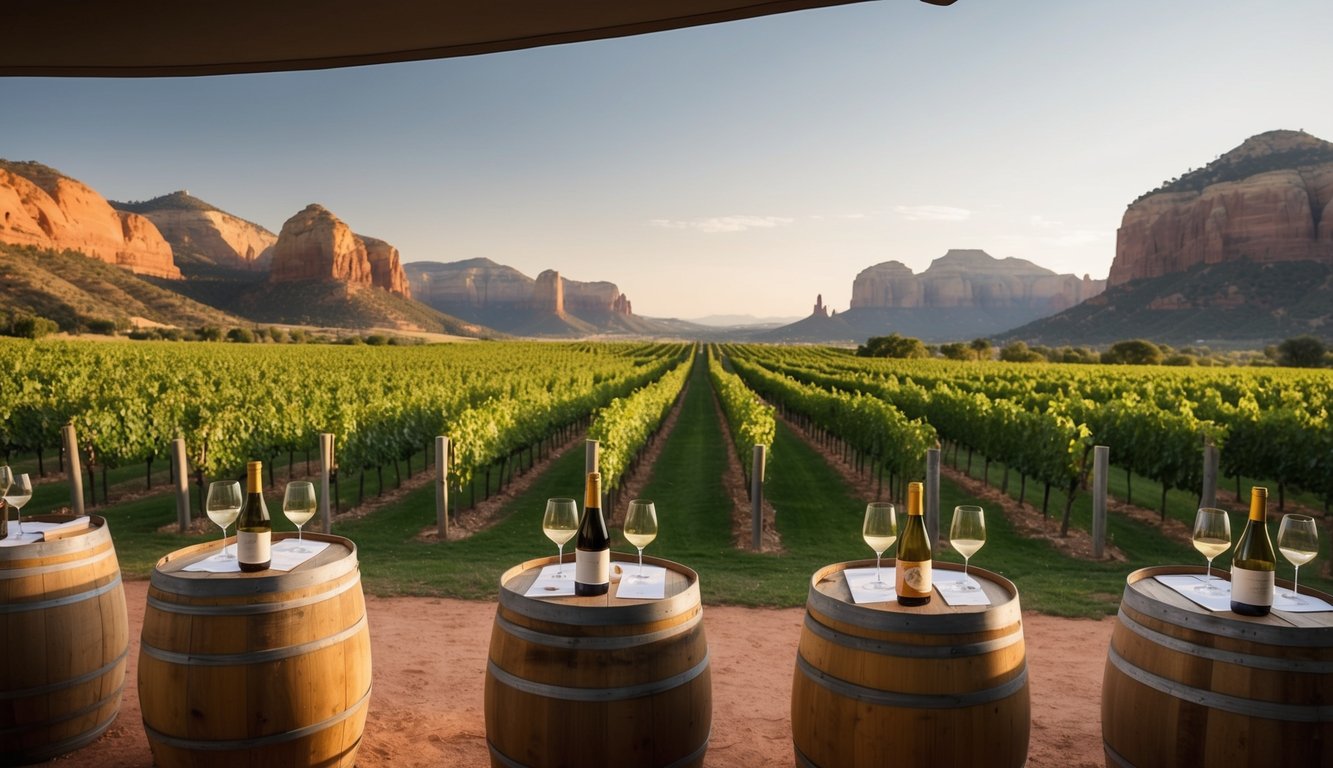
When you visit Moab, Utah, you can enjoy a unique wine tasting experience at Castle Creek Winery. This winery is located along scenic Canyon Drive 128, offering beautiful views as you approach.
Castle Creek Winery produces over 8,000 cases of wine annually. You can sample their award-winning wines made from locally grown grapes. Their selection includes Pinot Noir, Merlot, Cabernet Sauvignon, Chenin Blanc, and Chardonnay.
The winery is open daily from 11:00 AM to 6:00 PM. You can take a tour of the facility and learn about their winemaking process. After the tour, you’ll have the chance to taste their wines and find your favorite.
If you prefer sweeter wines, keep in mind that Castle Creek focuses on dry varieties. For a different option, you might want to visit Spanish Valley Vineyards and Winery. They offer a detailed history of their vineyard and specialize in single-vineyard, estate-bottled wines.
Both wineries provide a relaxing break from Moab’s outdoor activities. You can unwind, sip local wines, and enjoy the stunning Utah scenery.
3) Hell’s Backbone Grill & Farm Trip
Your wine tour in Utah wouldn’t be complete without a stop at Hell’s Backbone Grill & Farm. This unique dining destination is located in Boulder, one of the most remote towns in America.
The restaurant follows Buddhist principles and has a strong focus on sustainability. You’ll enjoy dishes made with fresh produce from their own organic farm.
Hell’s Backbone Grill & Farm has earned rave reviews from visitors. It’s known for its Southwestern and contemporary cuisine with vegetarian-friendly options.
During your visit, you can explore the farm where they grew over 23,000 pounds of produce last year. This hands-on experience gives you a deeper appreciation for the food you’ll enjoy.
The restaurant’s commitment to ethical and locally-based practices makes it a standout destination. You’ll find the journey to Boulder adds to the charm of your wine tour experience.
Remember to make a reservation, as this popular spot can get busy. Your trip to Hell’s Backbone Grill & Farm will be a memorable part of your Utah wine adventure.
4) Red Cliffs Desert Reserve Wine Experience
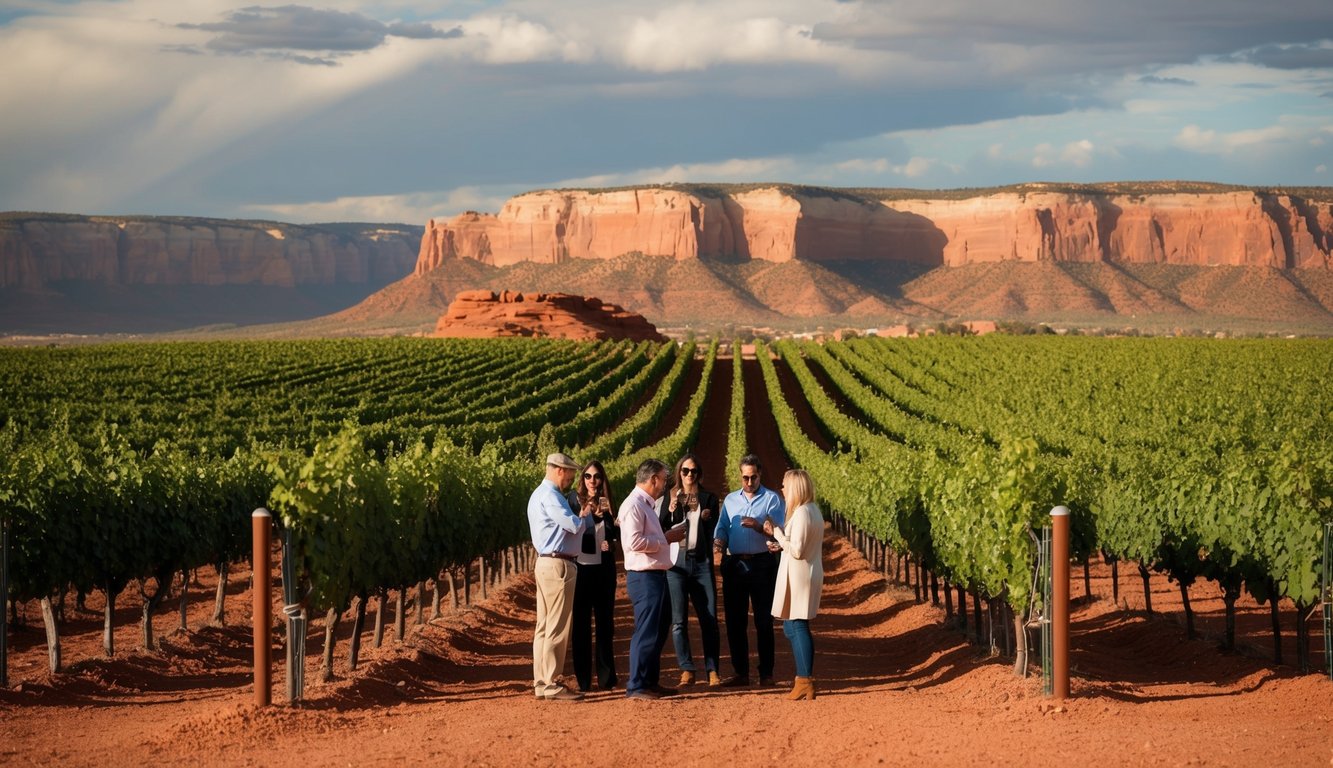
Red Cliffs Desert Reserve offers a unique wine experience in southern Utah. You can explore this 60,000-acre conservation area while enjoying local wines.
The reserve’s stunning landscapes provide a picturesque backdrop for wine tasting. You’ll see a mix of desert ecosystems and colorful rock formations as you sip.
Local wineries offer tours and tastings near the reserve. You can sample wines made from grapes grown in Utah’s unique climate. Pinot Noir, Merlot, and Chardonnay are popular varieties.
Castle Creek Winery is a must-visit spot. They produce over 8,000 cases of wine yearly using locally grown grapes.
Your wine tour can include hiking in the reserve. Many trails offer breathtaking views of the surrounding desert. Remember to bring water and sun protection.
The Red Cliffs visitor center is a great starting point. You can learn about local wildlife and ecosystems before your wine adventure.
5) IG Winery & Tasting Room Visit
You can enjoy a unique wine experience at IG Winery in Cedar City, Utah. This premier winery offers traditional wine tastings in their beautiful tasting room or on the patio.
During your visit, you’ll have the chance to sample 5 unique wines. The last wine is pulled directly from a barrel, giving you a taste of wine in its purest form.
IG Winery sources grapes from well-known regions in California, Oregon, and Washington. They also use grapes from Utah vineyards.
You can pair your wine tasting with charcuterie and chocolate plates. These pairings enhance the flavors of the wines you’ll try.
The winery offers tours of their wine production area. You’ll get a behind-the-scenes look at how they create their award-winning wines.
Reservations are required for the tasting experience. It costs $65 per person. You can book by calling IG Winery at (435) 867-9463.
IG Winery is located in downtown Cedar City. It’s near local restaurants, the Shakespeare Festival, and the Southern Utah Museum of Art.
History Of Wine Making In Utah
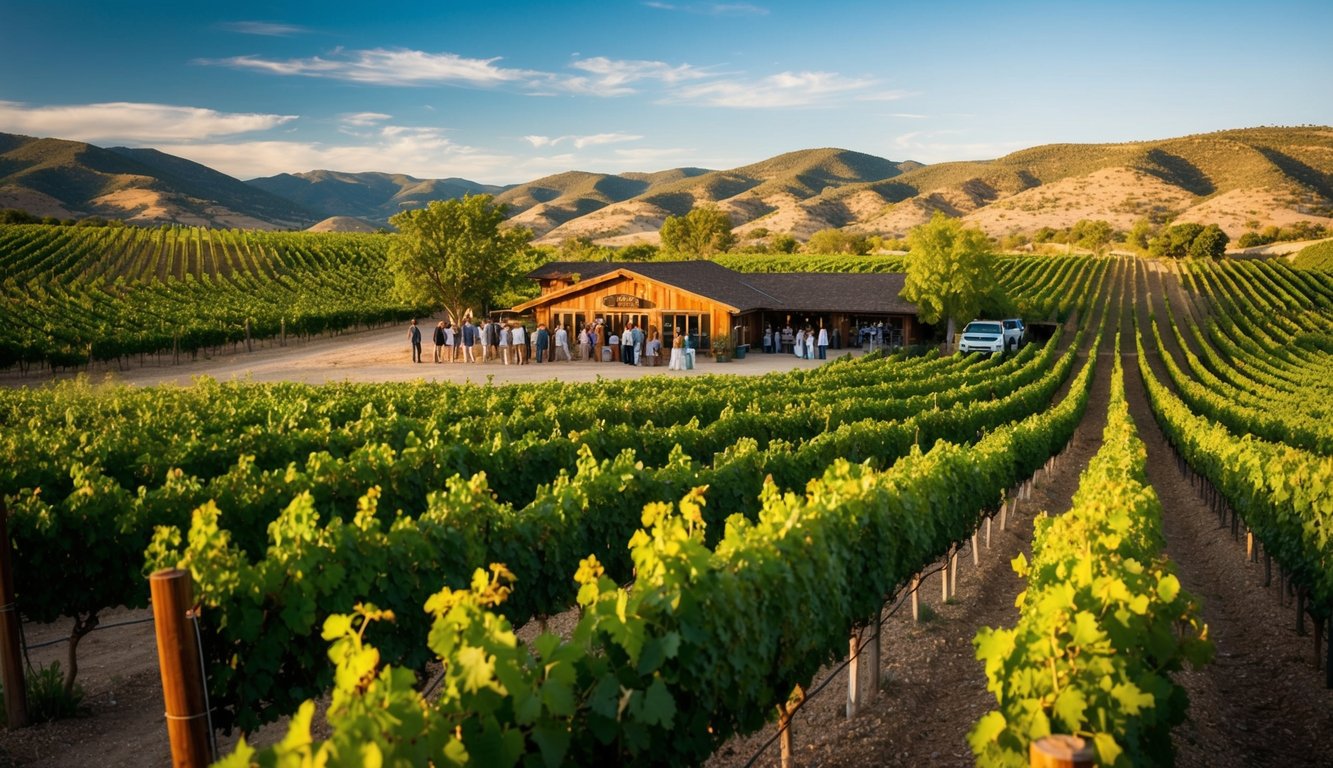
Utah’s wine history spans from early pioneer efforts to modern-day vineyards. The state’s unique climate and landscape have shaped its wine production over time.
Pioneers And Beginnings
Wine making in Utah dates back to the mid-1800s. Mormon pioneers planted grapevines soon after settling the Salt Lake Valley. They grew grapes for both eating and wine production.
In 1861, Brigham Young established a vineyard in St. George. The warm climate there was ideal for grape growing. Other early vineyards popped up in places like Toquerville and Leeds.
By the late 1800s, Utah had a small but thriving wine industry. Wineries produced both sweet and dry wines. Some even won awards at national competitions.
Prohibition in 1920 put an end to legal wine production. Many vineyards were destroyed or abandoned. Wine making became a forgotten art in Utah for decades.
Modern Developments
Utah’s wine industry started to revive in the 1970s. New laws allowed limited wine production. The first modern winery, La Caille, opened near Salt Lake City in 1986.
Since then, several new wineries have opened across the state. You can now find vineyards from St. George to northern Utah. These wineries grow a wide variety of grapes, including:
- Syrah
- Merlot
- Cabernet Sauvignon
- Riesling
The Utah Wine Trail launched in 2021. It connects wineries across the state. This helps promote Utah’s growing wine scene.
Climate change is creating new opportunities for wine making. Warmer temperatures let growers try new grape varieties. You might see more Utah wines in the future.
Utah’s Unique Terroir
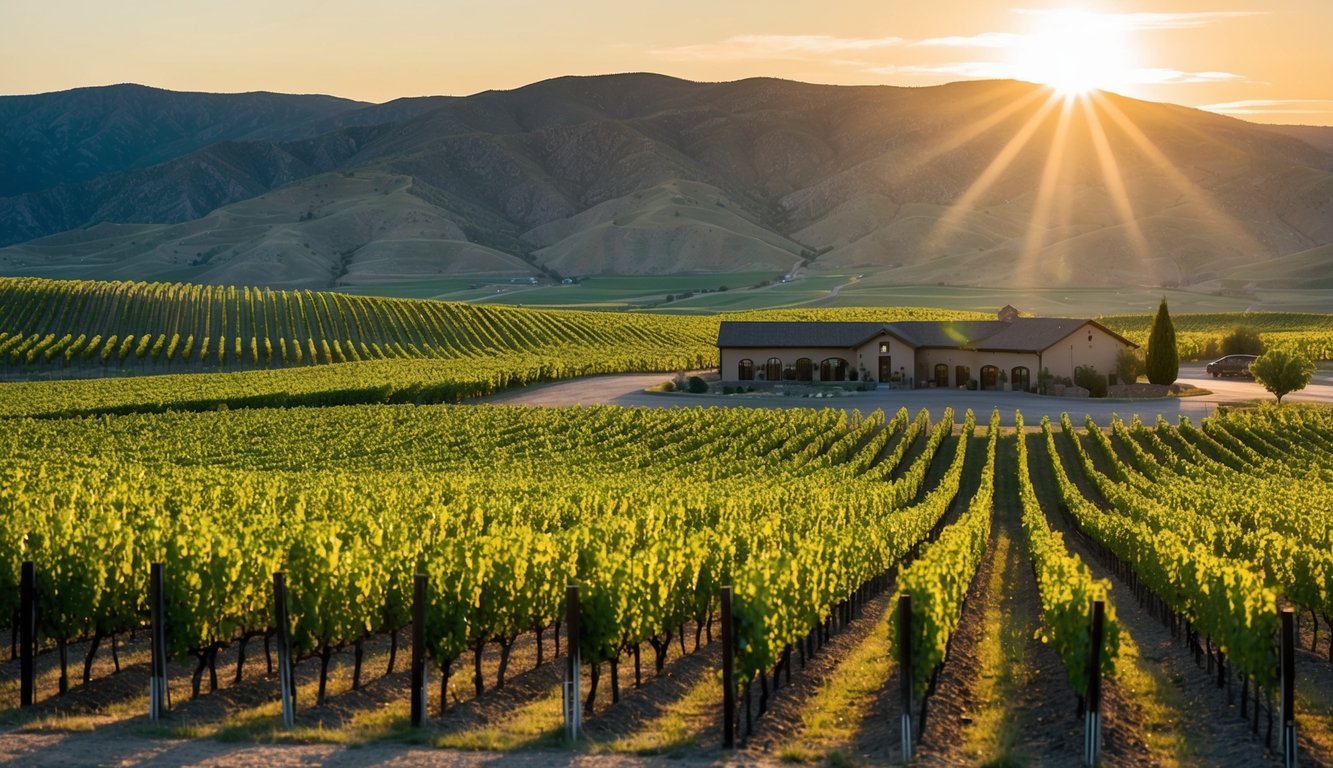
Utah’s wine-growing regions offer a distinct terroir shaped by high altitudes and diverse landscapes. These factors create special conditions for grape cultivation, resulting in wines with unique characteristics.
Climate And Geography
Utah’s vineyards thrive in a high-altitude environment. Many are situated at around 4,500 feet above sea level, making them some of the highest on the 37th parallel. This elevation leads to:
- Intense sunlight: Grapes develop thicker skins, boosting flavor.
- Cool nights: Help preserve acidity in the grapes.
- Dramatic temperature shifts: Encourage complex flavor development.
The state’s varied topography includes mountain ranges, valleys, and desert areas. This diversity allows for different microclimates, each influencing grape growth in its own way.
Influence On Grape Varieties
Utah’s unique terroir impacts the types of grapes that flourish here. You’ll find both familiar and surprising varieties:
- White grapes: Chardonnay, Pinot Gris, and Seyval Blanc
- Red grapes: Petite Sirah, Tempranillo, and Cabernet Sauvignon
Seyval Blanc cultivation was pioneered by La Caille vineyard in 1986. This showcased the state’s potential for lesser-known varietals. The high altitude and arid climate often result in:
- Smaller grape clusters
- More concentrated flavors
- Higher natural acidity
These factors contribute to wines with unique profiles that reflect Utah’s distinctive growing conditions.
